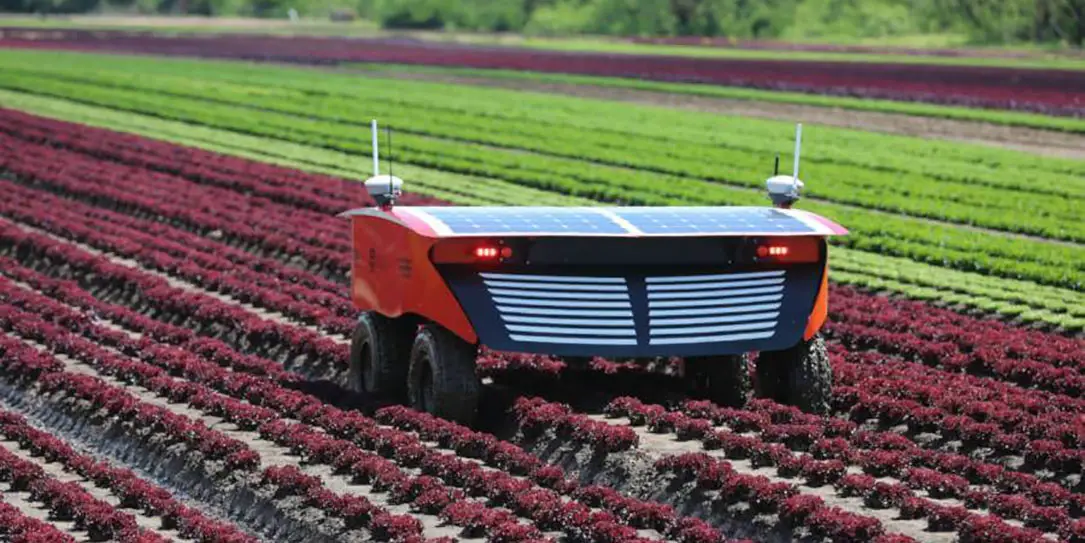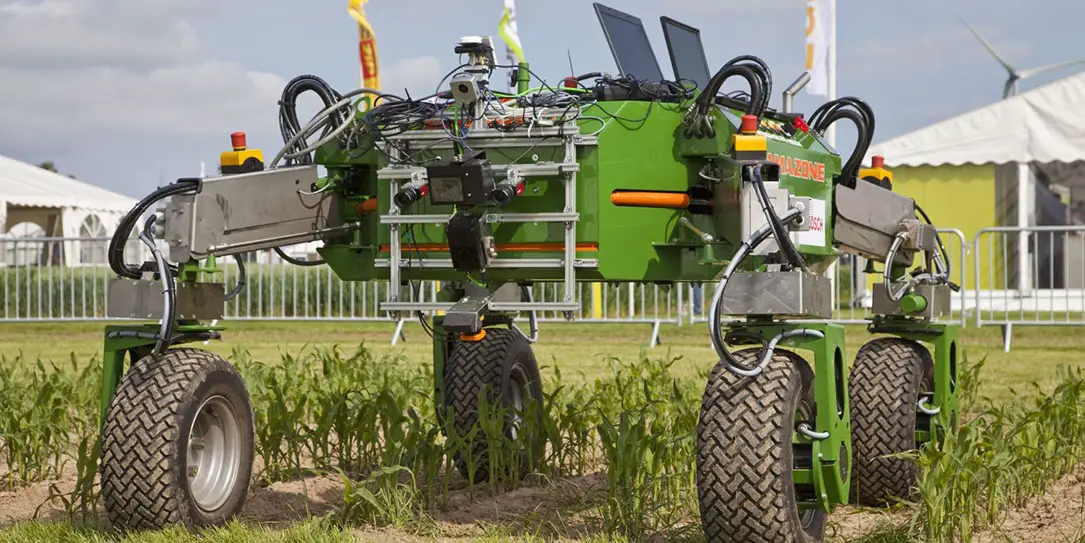We can find now robots in all industries and all sectors. But maybe the sector which has enjoyed a tremendous aid from this technology’s part throughout the past couple of years is the agriculture sector.
Since the dawn of time, agriculture has been the only way people could make a living. Although today the job market is more offering and generous, agriculture still takes an important place in our society. Although the food industry has evolved a lot, people still agriculture to eat healthy and nourishing food.
In spite of this fact, fewer and fewer people choose agriculture as their career field. When the population is growing, societies are expected to generate more food. This is the only sustainable way to support an evolving society. But farmers are decreasing in numbers and are facing new challenges by the day. However, agriculture robots are here to help them compensate for the lack of proper employees and to boost crop productivity rates. Below is more information on agriculture at the current time and how can specialized robots help societies thrive and eat better.
The state of global farming
The agriculture landscape doesn’t look quite bright at a global level, but this will soon change. Thanks to robotic engineering and the latest technologies in the field, things start to change already. But let’s take a look at some data in terms of global agriculture.
- Although agriculture shows signs of recovery, it is still a small industry, globally.
- In the last 30 years, the number of farmers has decreased to almost half.
- While in the ‘60s, almost 10% of the global workforce was employed in the field, the numbers have dropped tremendously since then, to almost half.
- The workers in the sector are aging. For instance, in Australia, the average agriculture worker is over 55 years old, as opposed to workers in other fields.
- Rural areas are shrinking, while urban areas are expanding. This way, the global agriculture is due to shrink with them.
- Family-owned farms are growing in numbers.
The shortage of skilled and educated labor in the field has raised impressive issues for settlements in agriculture. The current methods of production and crop surveillance can’t be effective for much longer.
In this scenario, farmers have started to look into novel technologies that can help them compensate for the lack of trained and skilled human workforce. Shortly, agriculture will once again thrive. Below are some of the technologies that most farmers today are trying to implement in their processes.

Smart Agrobots
Agriculture robotics is expanding at an unprecedented pace. Although this is the first area where robotics has started to be integrated with agricultural processes, compensating for the lack of skilled employees is not the only reason for wider adoption.
With benefits ranging from lower environmental footprint to economic advantages, adopting automated machinery in farms all over the world can improve the way the sector performs and is managed overall. From chemical distribution to crop monitoring and harvesting ripe fruits and vegetables by visually analyzing them, such pieces of technologies are game-changers for farmers all over the world. Besides, capabilities like automated herding for animal farms have recently been adopted.
How are roots changing agriculture in 2019?
Since farmers turn their attention to technology to find aid and improve their workflow, there are several ways in which they help establishments achieve more than they could have ever achieved with the help of human farmworkers. Below are some of them.
- Seeding – robotics can bring their fair contribution to helping farmers seed at a more advanced level. Uneven farmland, creeks, soil quality, all these coordinates put a stain on the total quantity of food a farm can produce. Without advanced technologies, these burdens are almost impossible to overcome, not even with the help if the smartest plowing techniques. However, drones and some mathematics can help farmers figure out how many seeds they must plant to enjoy generous crops. Since land changes annually, these equations have to be periodically redone.
- Picking crops – seeding is not the only farming process that demands plenty of resources on farmer’s pars. So is harvesting and crop picking. With the help of a flexible robot arm, farmers today can pick fruit like apple, peaches, pears, and so on, without a human worker’s aid. Although reaching this level of development has been difficult, the technology has been borrowed from manufacturing plants that have embraced this sort of technology for years already.
- Harvest sorting capabilities – but farmers’ job doesn’t end once the crops are harvested. Sorting is another important step, especially for farmers who sell their crops to grocery stores. Good fruit must no be sorted from the bad. In areas of the world where the main crops consist of cocoa, nuts and coffee cherries, robotic technologies have already been adopted for sorting purposes. By using a vision system, such technologies can eliminate fruits and buts that don’t correspond to what the machine has learnt that is good fruit. This is how bad coffee cherries are distinguished from the bad, in many farms in the world.
- From the field to your plate – robotics and engineering can help people eat healthier food, but not in the way you would imagine. Many farms around the world send their harvests to warehouses of companies in the food processing industry. here, they are processed following high safety protocols and are trained to calculate the calorie count on each portion. More than this, certain robots have been trained to prepare food before reaching grocery stores and supermarkets. These robots can prepare salads, smoothies, and other healthy foods and snacks, by following the guidelines offered by nutritionists and medical workers.
From seed to your palate, your ingredients follow a long journey and affect the way we eat. But thanks to robotics and advanced technologies like machine learning and artificial intelligence, the road is now more straightforward than ever. Robots may not help us directly eat healthier, but they bring a huge contribution.
Last Updated on February 3, 2021.











Comments are closed.